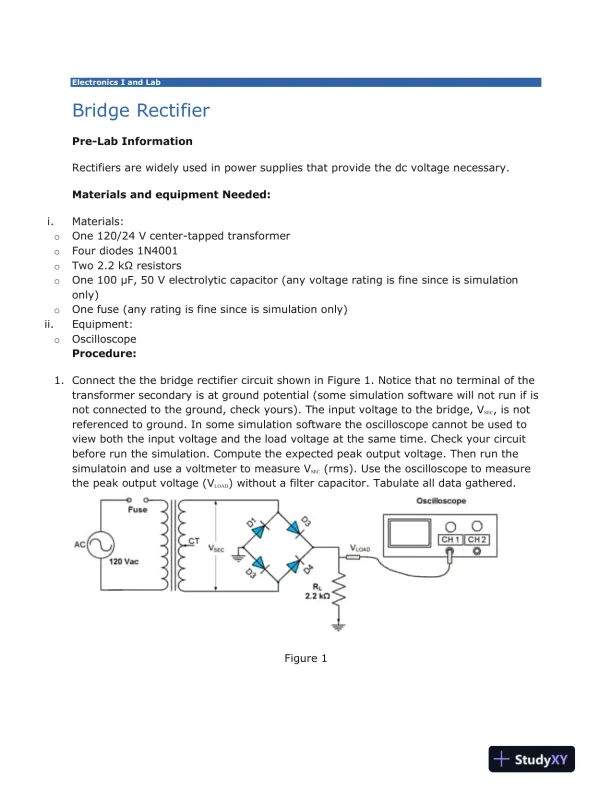Page 1

Loading page image...
Page 2

Loading page image...
A technical analysis of bridge rectifier functionality, output voltage, and ripple effects.
Loading page image...
Loading page image...
This document has 3 pages. Sign in to access the full document!